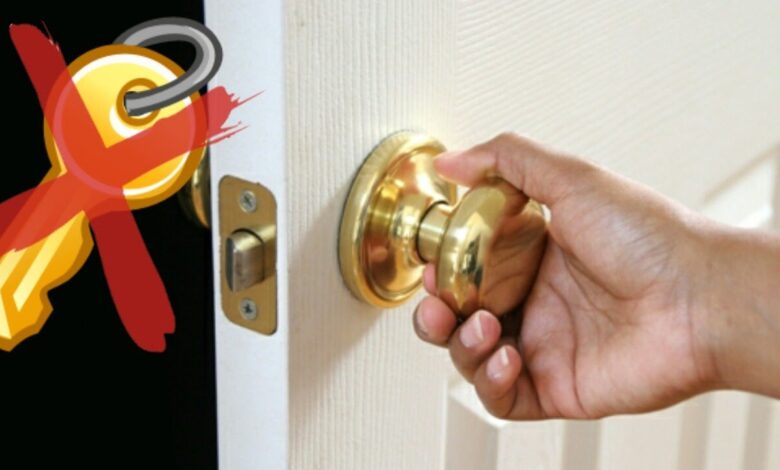How to Open a Deadbolt Lock Without a Key Quick and Simple Solutions

Deadbolt locks are a critical component of home security, offering a robust defense against unauthorized entry. But what happens if you find yourself locked out without a key? In such cases, knowing how to open a deadbolt lock without a key can be incredibly useful. This guide covers various methods, legal considerations, and preventative measures to ensure you handle lockouts effectively and ethically.
Methods to Open a Deadbolt Lock Without a Key
Using a Bump Key
A bump key is a specialized tool designed to bypass the pin mechanism of a lock. This method involves inserting the bump key into the lock and striking it to align the pins, allowing the lock to turn. While this technique can be effective, it requires a specific type of key and precise execution. It’s crucial to understand that using bump keys can be illegal in many jurisdictions without proper authorization. Deadbolt Lock Without Always ensure you have the right to use such tools before attempting this method.
Picking the Lock
Lock picking involves manipulating the lock’s internal pins to unlock it without a key. This technique requires a lock-picking set, Deadbolt Lock Without which includes a tension wrench and a pick. The process involves applying tension to the lock while carefully maneuvering the pick to align the pins. Lock picking is a skill that demands practice and patience but can be effective if done correctly. Be aware that lock picking should only be used in legal scenarios, such as your own property or with explicit permission.
Using a Lock Shim
A lock shim is a thin, Deadbolt Lock Without flexible piece of metal that can slip between the lock components to disengage the locking mechanism. To use a lock shim, insert it into the lock and apply pressure to release the latch. This method is generally quicker than other techniques but may not work with all types of deadbolts. It’s important to note that shimming can potentially damage the lock, and its success varies based on the lock’s design and condition.
Drilling the Lock
Drilling is often considered a last resort for opening a deadbolt lock. Deadbolt Lock Without This method involves drilling through the lock cylinder to disable it, allowing the door to be opened. While effective, drilling can cause significant damage to the lock and door. It requires specialized tools and should only be performed if other methods fail or in emergencies. After drilling, the lock will need to be replaced, and professional assistance is recommended to avoid further damage.
Preventative Measures and Alternatives
Preventing Unauthorized Access
To minimize the risk of being locked out, consider enhancing the security of your deadbolt locks. Regularly inspect and maintain your locks to ensure they function correctly. Additionally, installing supplementary security measures, such as security cameras or alarm systems, can deter potential tampering. Taking proactive steps can help prevent lockout situations and ensure your home remains secure.
Keyless Entry Systems
Modern keyless entry systems offer a convenient alternative to traditional locks. These systems use electronic keypads, biometric scanners, or smartphone apps to provide access without a physical key. While keyless systems offer advanced security features and ease of use, they come with their own set of considerations, such as battery maintenance and potential technological issues. Assess your needs and choose a system that best fits your security requirements.
Emergency Situations
In emergencies where you’re locked out without the necessary tools or skills, calling a professional locksmith is often the best course of action. Locksmiths have the expertise and equipment to handle various lockout situations efficiently. Additionally, consider setting up a spare key with a trusted friend or family member to avoid future lockouts.
Conclusion
Understanding how to open a deadbolt lock without a key can be invaluable in emergencies. Each method, from bump keys to drilling, comes with its own set of advantages and limitations. It’s essential to approach these techniques with legal and ethical considerations in mind. By following the right methods and taking preventative measures, you can handle lockouts effectively and maintain the security of your home.




